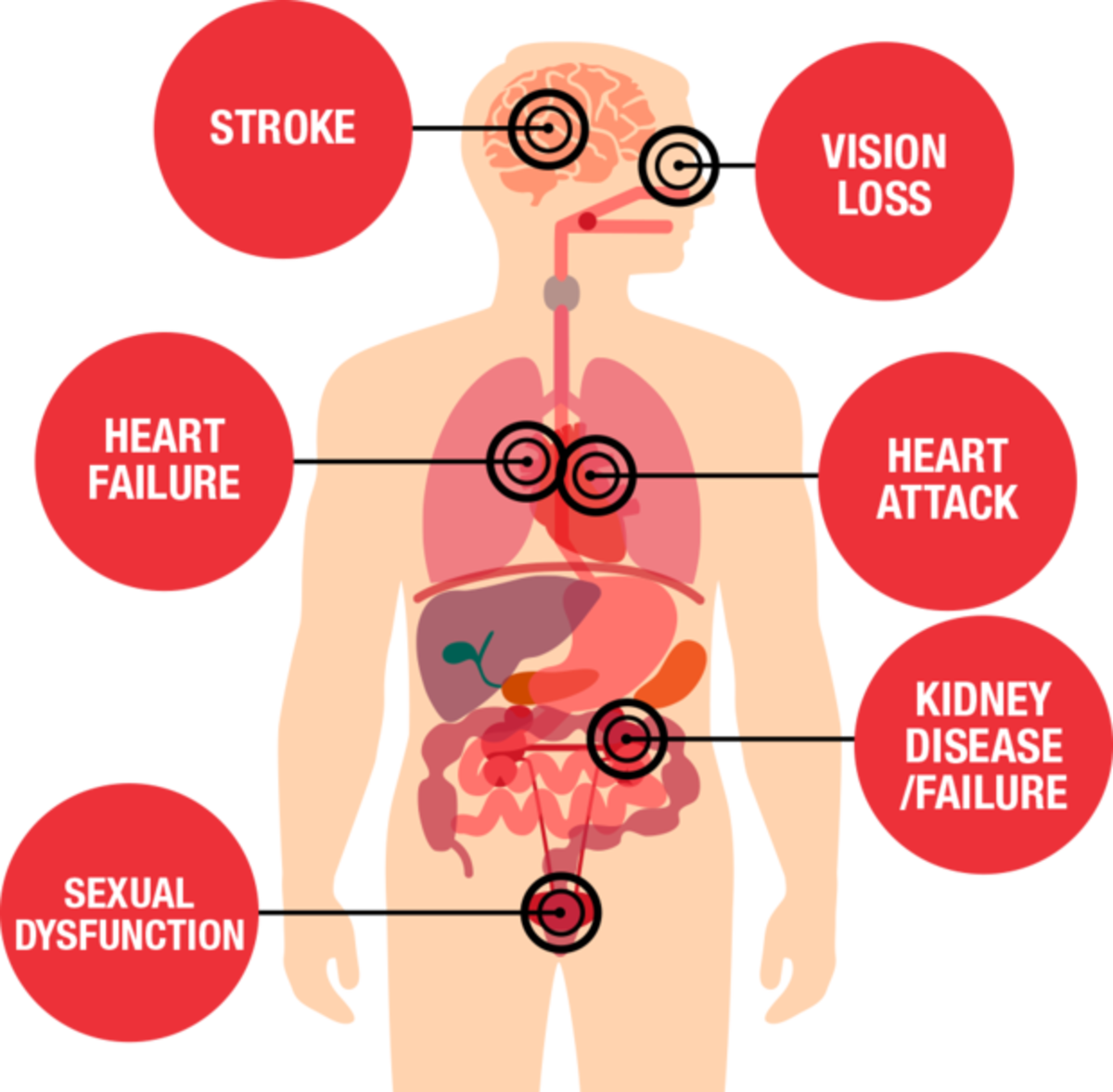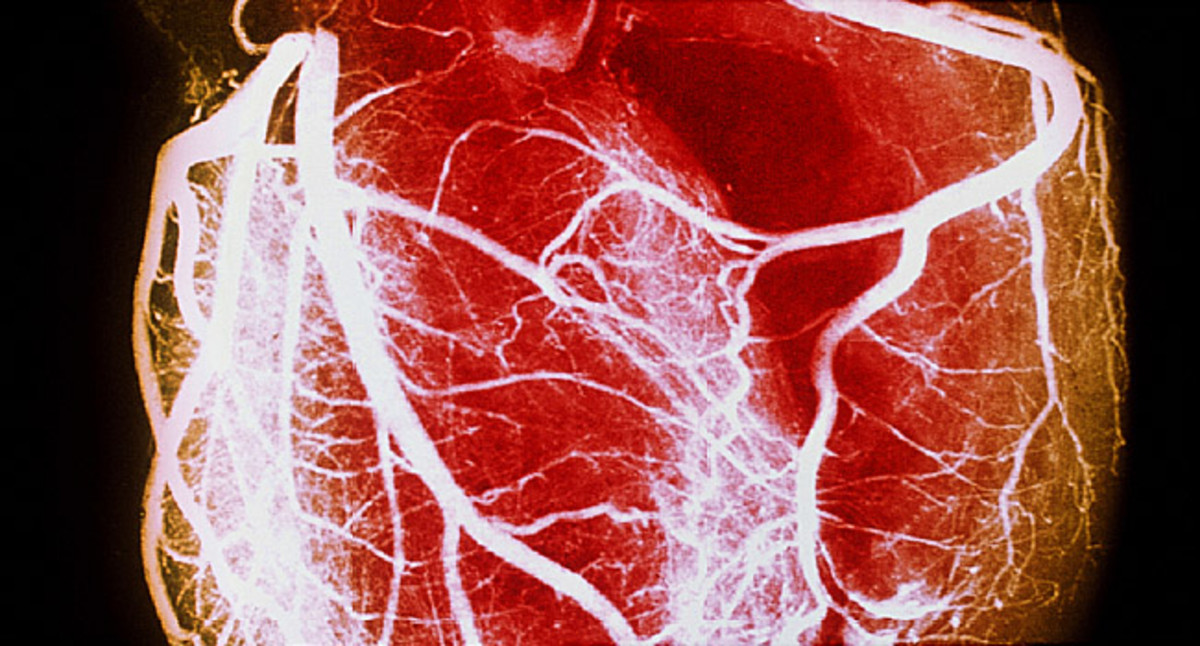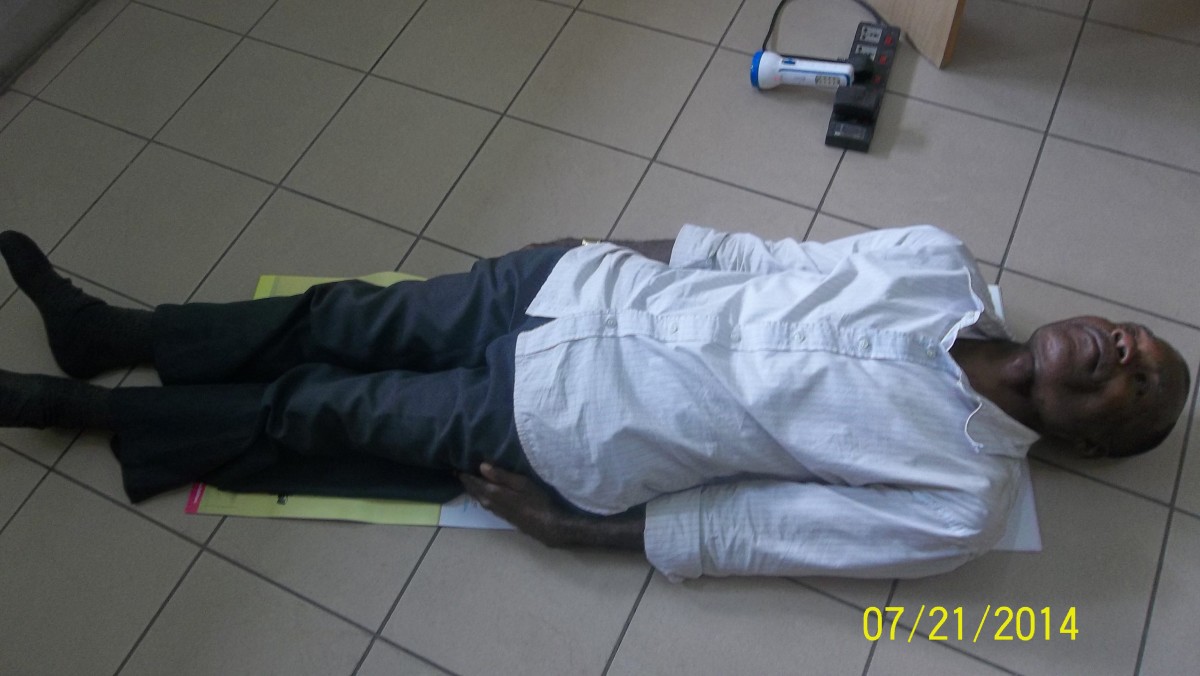ARE YOU HEADED FOR A STROKE
ARE YOU HEADED FOR A STROKE ?
Stroke is one of the leading causes of death in the United States . With each passing year more than half a million Americans have a stroke with more than a hundred thousand deaths. Stroke is one of the most common causes of disability in adults.
Warning Signs of Stroke
These are the warning signs of a stroke :
** Sudden weakness or numbness of the face arm or leg
** Sudden dimness or loss of visions, particularly in one eye
** Sudden severe headache with no known cause
** Unexplained dizziness, unsteadiness or sudden falls
** Occurrence of double vision , drowsiness and nausea or vomiting
If you have one or more of these symptoms , it is an emergency and you should call a doctor right away. There are times that the warning signs may last only a few minutes and then disappear. This occurrence is known as "transient ischemic attack" or TIAs,which indicates an underlying serious condition and there is a need of seeking medical attention immediately.
Controlling Risk Factors
Your risk of a stoke grows as the number of risk factor increases. The best way to prevent a stoke is to eliminate as many risk factors as possible. Age is a risk factor for a stroke. The older the person the greater the stroke risk. Men are more likely to have a stroke , and those with diabetes are at a higher risk.
About ten percent of strokes are preceded by "temporary stokes" or knowns as transient ischemic attacks. These may occur days, weeks or even months before a major stroke.
High blood pressure is so far one of the most potent risk factors for a stroke. High blood pressure can be controlled by having a healthy lifestyle and medication.
A study at the University of Kansas reveals that treating high blood pressure in midlife helps prevent stroke. You can reduce your risk factors by reforming your lifestyle. You can lower your cholesterol level, stop smoking and avoid high intake of alcohol. Cigarette smoking has been linked to the buildup of fatty substances in the carotid artery ( the main neck artery supplying blood to the brain). Blockage of this artery is the leading cause of stoke among Americans. Nicotine also raises blood pressure. Carbon monoxide from smoking reduces the amount of oxygen the blood can carry to the brain. Cigarette smoke also makes blood thick and more likely to clot.
Diagnosis And Treatment
An early diagnosis is made by evaluating symptoms, reviewing medical history and performing several tests. Tests that may be given include an electrocardiogram and an electroencephalogram( a test that measures nervecell activity in the brain.
Treatment starts as soon as the stroke is diagnosed . Anticoagulants may be prescribed to prevent blood clots from becoming larger or drugs to lower blood pressure may be prescribed. Some studies revealed that even at a low dosage, the blood thinning properties of "aspirin " can lower the risk of a second stroke by 25 to 50 percent.
SOURCE:
CONTROL HIGH BLOOD PRESSURE WITHOUT DRUGS
By: Dr. Robert Rowan








